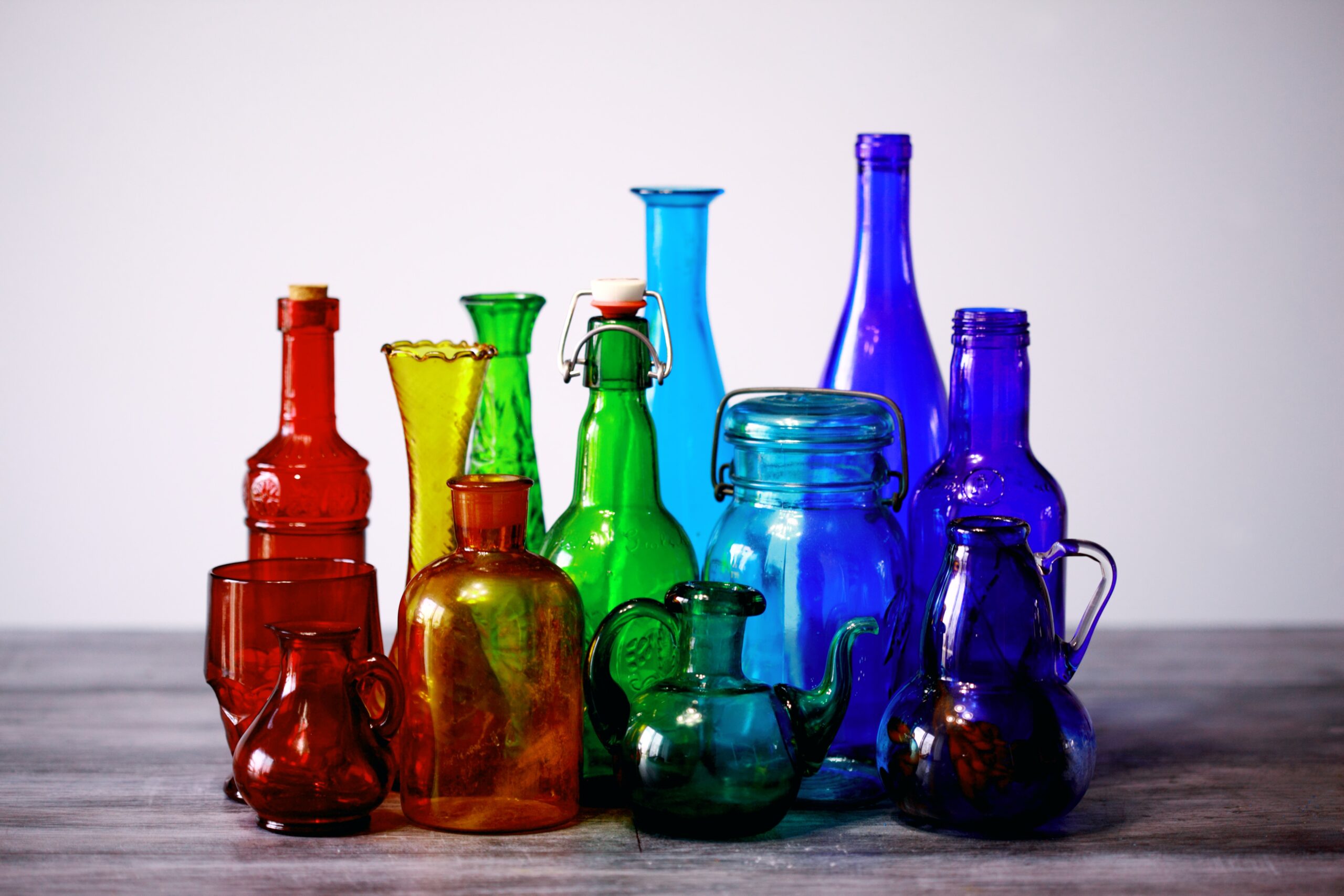Glass, a medium as delicate as it is versatile, has been captivating artists and artisans for centuries. Its rich history and contemporary innovations offer a glimpse into the artistry and craftsmanship that make glass processing a timeless art form. In this exploration, we will embark on a journey through the ages, discovering the traditions that have shaped glass processing and the modern technologies that have expanded its horizons.
Looking to add a touch of elegance and artistic flair to your space? Explore the exquisite world of glass artistry with GlassArtStories. Their craftsmanship seamlessly marries tradition and innovation to create mosaic tables for sale, bespoke glassware, and other stunning glass products. Whether you’re redesigning your home, spicing up your office decor, or searching for unique gifts, GlassArtStories is your destination for premium glass art.
The Historical Craftsmanship of Glass Processing
Glass, with its origins tracing back to ancient Mesopotamia, holds a special place in the annals of human creativity. For centuries, artisans have refined the art of glass processing, turning molten silica into exquisite works of art.
The craft of glassblowing, which dates back to the Roman Empire, remains an integral part of glass processing history. This labor-intensive technique involves skilled artisans shaping molten glass by blowing air into it through a blowpipe. The result is a mesmerizing array of glass vessels, ornaments, and sculptures, each one uniquely shaped by the artisan’s breath and expertise.
Stained glass, another prominent tradition, has graced the world’s most magnificent cathedrals and religious buildings. The artistry of stained glass craftsmen involves meticulously cutting and assembling colored glass pieces to create intricate patterns and narratives. The kaleidoscope of light that filters through these masterpieces has inspired awe and devotion for centuries.
Glass engraving, with its roots in ancient Egypt, adds yet another layer of intricacy to glass processing. Talented engravers use various tools to etch intricate designs onto glass surfaces, creating exquisite details and textures.
Modern Technologies in Glass Processing
Though glass production still relies heavily on traditional skill, a flood of technical breakthroughs brought about by the contemporary period has completely changed the business.
Digital glass printing, laser etching, and computer numerical control (CNC) machining are all part of modern glass processing. With unmatched precision, CNC machines—powered by precise computer algorithms—can cut, shape, and etch glass. Glass artists and producers now have more options thanks to technology, allowing them to produce elaborate and sophisticated patterns.
Glass engraving that is exact and detailed may be achieved using the non-contact laser etching approach. By using it, artists may etch complex patterns and tiny lines into glass surfaces, going beyond the possibilities of conventional engraving methods.
High-resolution pictures and patterns may be directly printed onto glass using digital glass printing, which makes use of cutting-edge printing technology. This invention not only makes glass manufacturing more efficient, but it also creates many opportunities for customisation and modification.
The Fusion of Art and Technology
In today’s glass art world, there is a captivating synergy between the traditional craftsmanship of yesteryears and the modern technology of today. Contemporary artists and craftsmen are increasingly blending the two worlds to create groundbreaking glass artworks that defy convention.
Glass sculptors may use CNC machines to achieve intricate shapes while preserving the human touch in the finishing details. Stained glass artists, too, are embracing technology, employing digital tools to design and create intricate patterns that were once painstakingly drawn by hand.
This fusion of art and technology not only preserves the time-honored traditions of glass processing but also propels the medium into uncharted territories. It offers artists the means to push their creative boundaries and explore new dimensions in glass artistry.
If you are into art, you may also read our post about the priceless value of the arts for modern living.
Answers to Your Glass Processing Questions
Q: What are some of the most well-known historical examples of glass art?
A: Among the most famous examples are the stunning stained glass windows of Paris’ Notre-Dame Cathedral and the superb Venetian glasswork from the Renaissance period.
Q: How have advances in technology aided glass processing?
A: Modern technologies have improved glass processing by increasing accuracy, efficiency, and design options. As a result, elaborate and personalized glass artworks have been created.
Q: Can old and new glass processing processes coexist?
A: Many contemporary artists and craftspeople successfully combine classic and modern methods to produce new and compelling glass creations that span the past and the future.
In conclusion, the art of glass processing is a testament to human creativity and ingenuity. As we traverse the realms of history and technology, we uncover the delicate fusion of tradition and innovation that continues to shape this timeless art form. Whether crafted by the breath of a glassblower or sculpted by the precision of a CNC machine, glass processing remains a captivating journey through time and technology, offering boundless possibilities for artistic expression.

